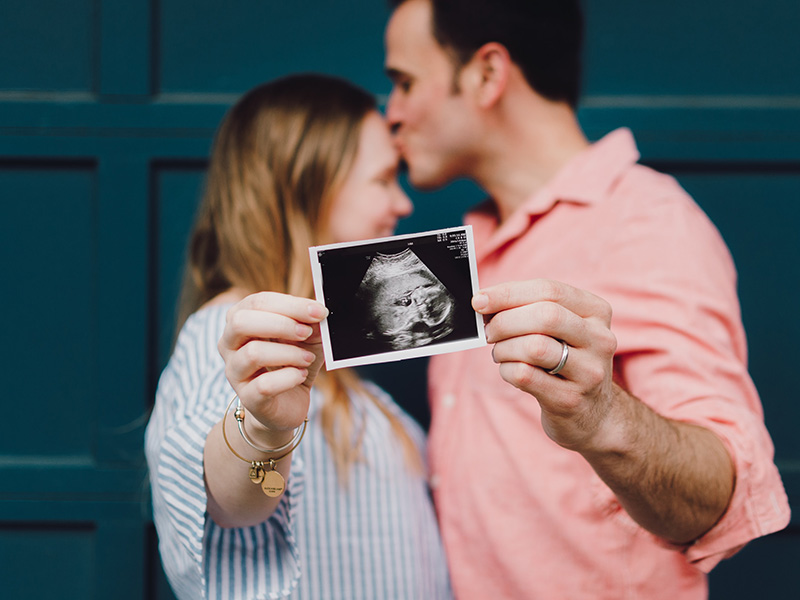
Pregnancy Planning Guide
Thinking about having a baby? Download our online guide with tips to help you on your quest to becoming a mom.
The Basics of Getting Pregnant
Identifying your fertile days, ovulation, pregnancy tests – it may all seem overwhelming. However, Texas Health has pulled together a few tips to help increase your chances when you are trying to get pregnant.
-
Identifying Your Fertile Days
-
Calculating Your Fertile Window
-
Tools for Tracking Fertility
-
Getting the Timing Right
-
A Sperm Meets an Egg
-
Implantation
-
How Do Twins Happen?

Find an OB/GYN
Choosing the right provider is a very personal decision. Let us help you get started on your search.

Understanding Ovulation
The signs of ovulation vary from woman to woman, as does the time of ovulation.
Early Signs of Pregnancy
It’s too early to take a pregnancy test, but there are some things you can watch for that may signal that you’re pregnant.
When It’s Taking Too Long
Month after month you’re getting a negative pregnancy test. Find out how long should you wait before asking your OB for help.

I’m Pregnant, Now What?
Congratulations on your pregnancy! Texas Health is excited for you to embark on this adventure to welcome your little one. Find the information and resources you need for every step of the way!



